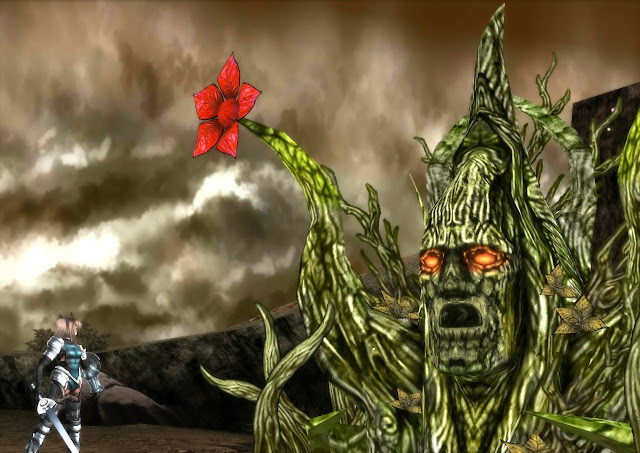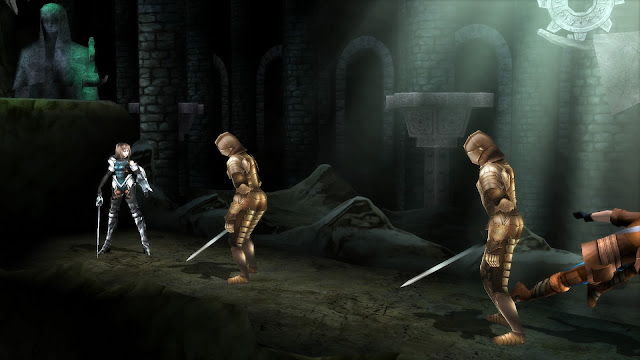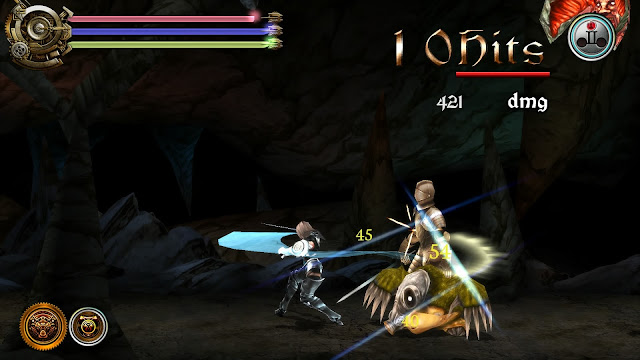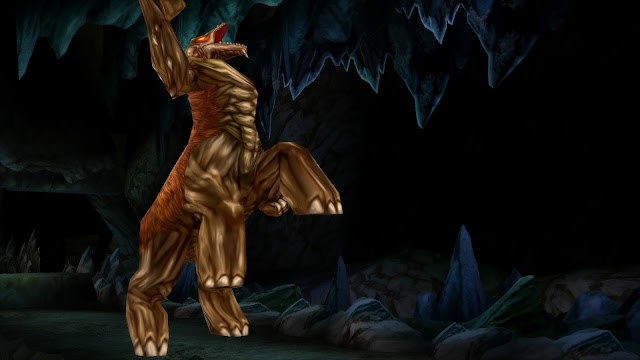I really wanted to like AeternoBlade. It’s the kind of game that I want to champion, because it comes from a young development team (Corecell Technologies) from a young game development market (Thailand). And because of that it represents a diversifying game development industry, where creative people from all over the world are able to build games and thus bring something of their culture to the rest of the world.
At its core, AeternoBlade wants to be a classical 2D Castlevania game. All the mechanical elements are there – the dark, gothic-styled setting, the RPG-infused platformer combat, and the need to backtrack in order to fully explore areas, earn power-ups, and become more effective in combat.
I can totally appreciate that AeternoBlade comes from a country with limited game development infrastructure, and from a small team at that. I think there’s a seed of inspiration within the game that, given experience and a larger budget, gives it real potential. Unfortunately, as it stands, AeternoBlade is simply not competitive either on a technical or artistic level, and that is a real shame.










